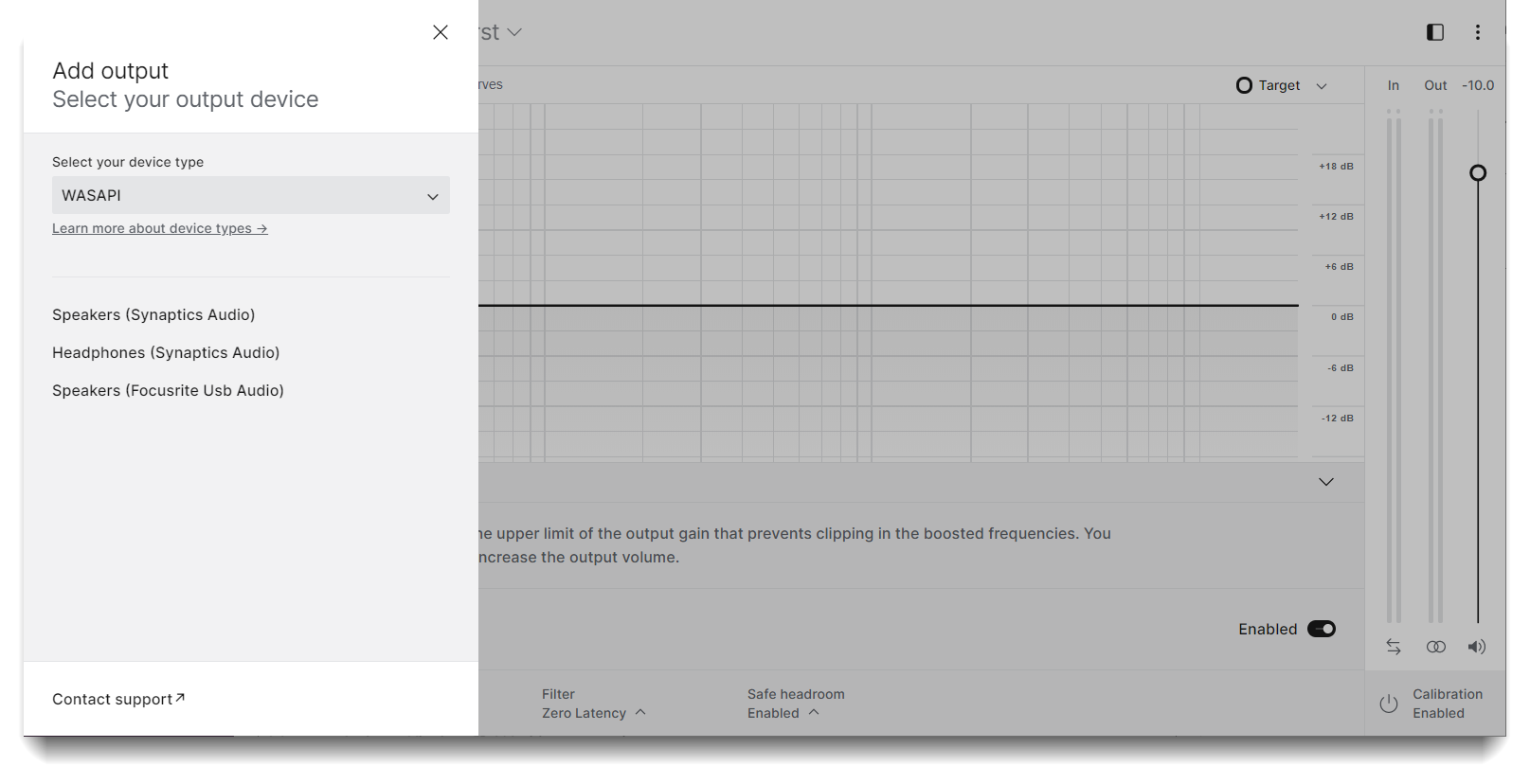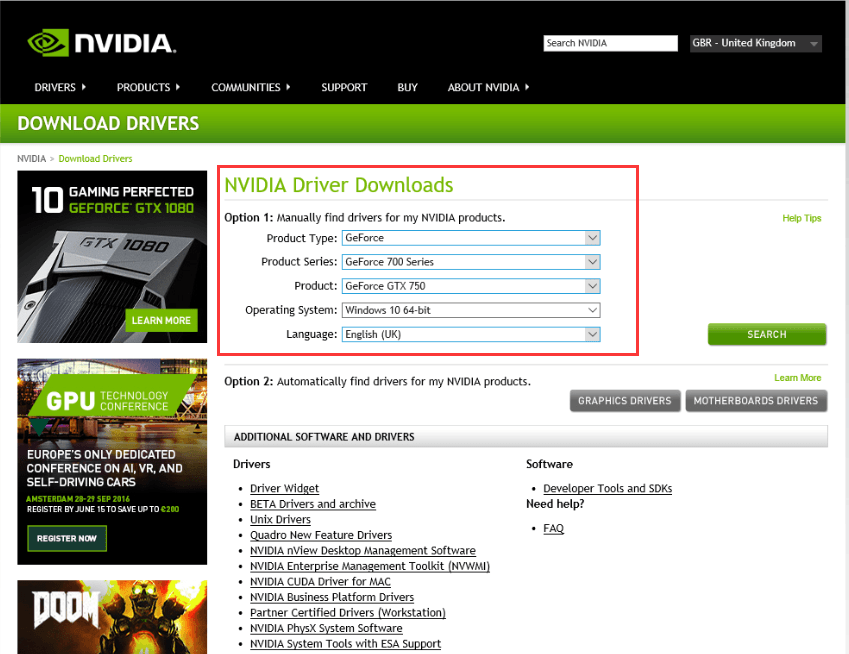
The user can live stream on Facebook, Twitch, and YouTube. The video driver provides control of the camera feed via the desktop application:ġ. The Windows SDK C++ API provides the required functionality. The DirectShow filter accepts video streams from WebRTC as input. The audio and video driver for the virtual camera is written in C/C++. The work on the project consisted of three parallel processes - video driver creation, audio driver creation, and desktop application development. This device will be more than relevant for video conferencing and live broadcasts, especially since it allows the owner to move freely around the location without worrying that he will fall out of the frame. Since the software takes care of all the processing, the gadget is easy and convenient to work with, requiring minimal user participation. In addition, there is a horseback riding tracking mode. The figure-follow mode allows the user to select an object in the frame to follow. In this case, artificial intelligence will automatically detect the face in the frame and control the object's movement.

The user has the option to select the face tracking mode. The user has access to main functions such as selecting the active camera, selecting the tracking mode (face/shape/no tracking), selecting the position of the figure in the frame, and brightness control. The mobile application provides the main functionality.Īfter pairing the device and mobile gadget, everything is ready to go.


The consumer electronics and entertainment industries are not standing still, constantly offering new gadgets for various purposes - communication, blogging, marketing, and more.Īn Asian company offers a rotation tracking device that helps turn the most ordinary smartphone into a camera for streaming, allowing the author of the videos to be in the frame center all the time, tracking the user's position and rotating around its axis 360 degrees in automatic mode.


 0 kommentar(er)
0 kommentar(er)
